Search results for: “what the smith boys said”
-
What the Smith Boys Said This Year
This year, Simon turned eleven, Nathan turned eight, Truman turned five, and Julie turned old.
-
What the Smith Boys Said This Year
This year, Simon turned nine, Nathan turned six, and Truman turned three. For previous installments, see here, here, and here.
-
What the Smith Boys Said This Year
For previous installments, see here and here. Simon turned eight, Nathan turned five, and Truman turned two this year.
-
What the Smith Boys Said This Year
In 2005, Simon turned seven, Nathan turned four, and Truman turned one.
-
What the Smith Boys Said This Year
What I’m not good at is keeping a journal. What I am good at is writing down in my planner the funny things that my kids say and then printing them up to put in our Christmas card each year:
-
Susa Young Gates and Joseph F. Smith’s Vision
The vision that we have printed as Section 138 was received by Joseph F. Smith in the last few months of his life. Among the very first people he asked to have review the document was none other than his friend, Susa Young Gates. In one of the excellent essays presented in the Revelations in Context book,…
-
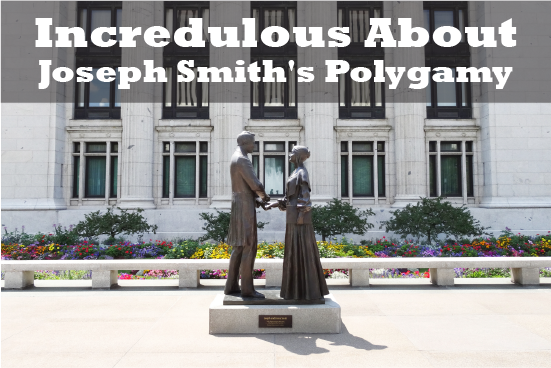
Incredulous About Joseph Smith’s Polygamy
Entrenched in Mormon Culture I am a 7th generation Mormon who grew up in Utah County. I attended church all my life, had regular family scripture study and FHE. My dad was a BYU math professor and my mom a devout scripture scholar. I graduated from seminary and graduated from BYU (with all its required…
-
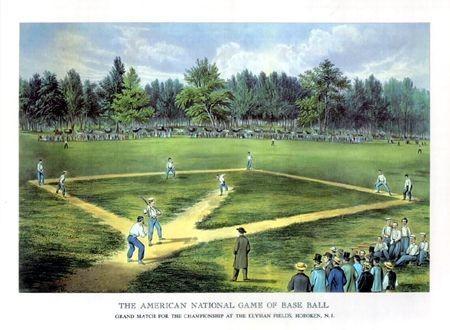
Joseph Smith and Baseball: The Evidence
“In the 1830s, on the western frontier of Missouri, ball was the favorite sport of Joseph Smith, founder of a new religious sect called the Mormons[1. Burns, Ken, and Lynn Novick. Baseball: A Film by Ken Burns. PBS, 2010.].” A couple of years ago I received as a Christmas present the Baseball documentary by Ken…
-
On Willard Richards
I’ve written previously about the reality that many of the counselors in the First Presidency of The Church of Jesus Christ of Latter-day Saints have a huge impact on the Church, but they may not always be remembered by the general membership after a generation or two. I made that remark specifically with George Q.…
-
Counseling Experiences from President Kimball’s Journal: 1960 – 1965
Journal text selected by Dennis B. Horne. Much of Spencer W. Kimball’s Apostolic ministry was devoted to working with and counseling members of The Church of Jesus Christ of Latter-day Saints that had committed “moral” sins.
-
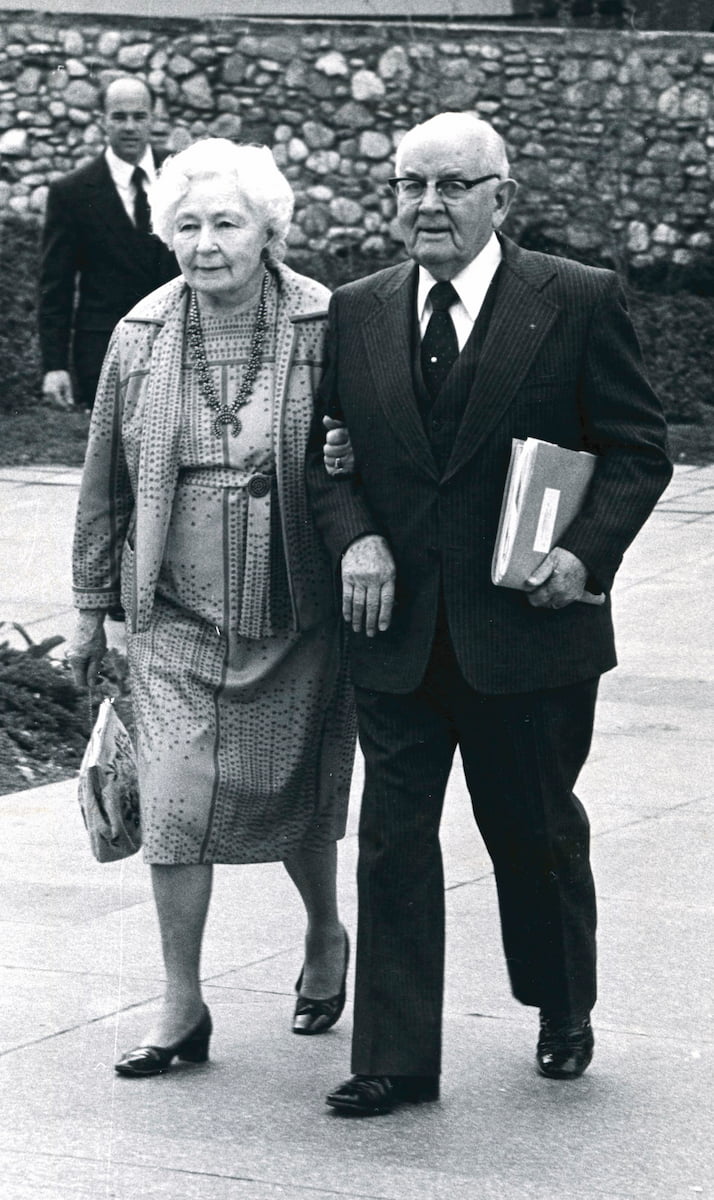
Memories: Inspirational Excerpts from The Journal of President Spencer W. Kimball
Compiled by Dennis B. Horne Editorial note: the below excerpts from President Kimball’s journal were selected because I find them to be extra uplifting and edifying, or otherwise special in some way. I did not include a date with them because when I encountered and chose them I was interested in precious spiritual experience and…
-
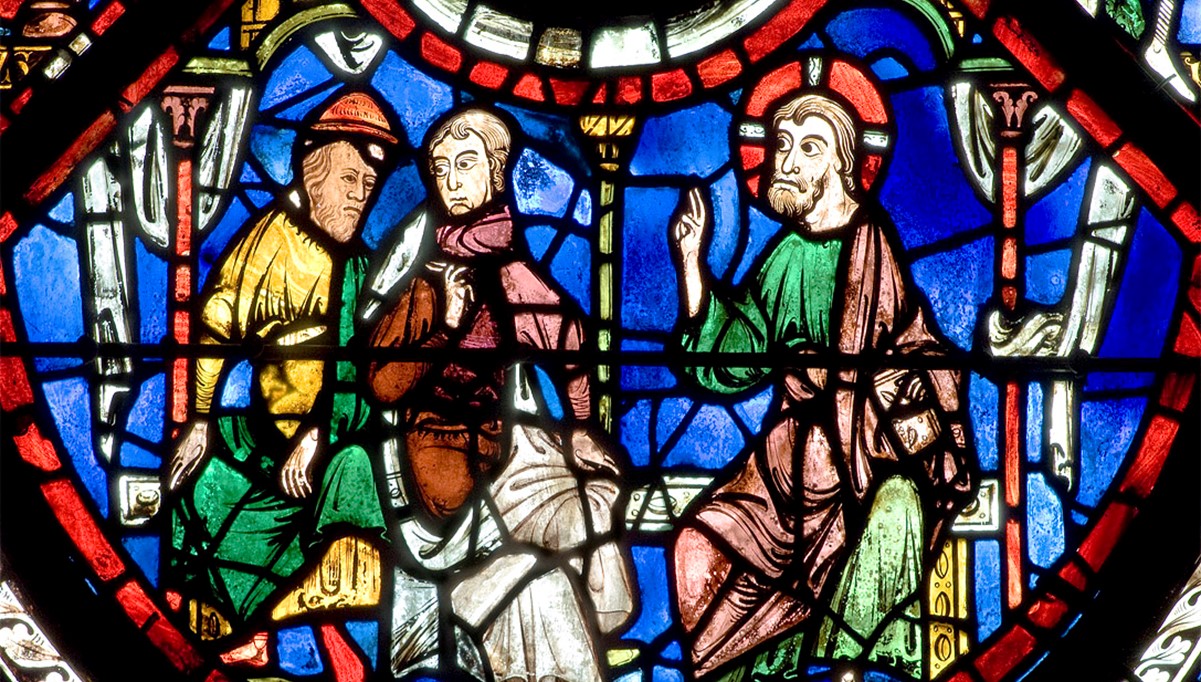
Mercy, kindness, and caring – a Sunday Sermon
At one point in his ministry, “an expert in the law stood up to test Jesus.” He wanted to see what Jesus would answer, asking him: “Teacher … what must I do to inherit eternal life?” To this, Jesus responded with a question of his own: “What is written in the law? What do you…
-
Women and the Priesthood with Lisa Olsen Tait
“Do women have the priesthood?” You would think the answer would be a simple yes or no for members of the Church of Jesus Christ of Latter-day Saints. The reality, however, seems to say differently, with people arguing for a whole spectrum of answers while discussing this topic of perennial interest. In a recent interview…
-
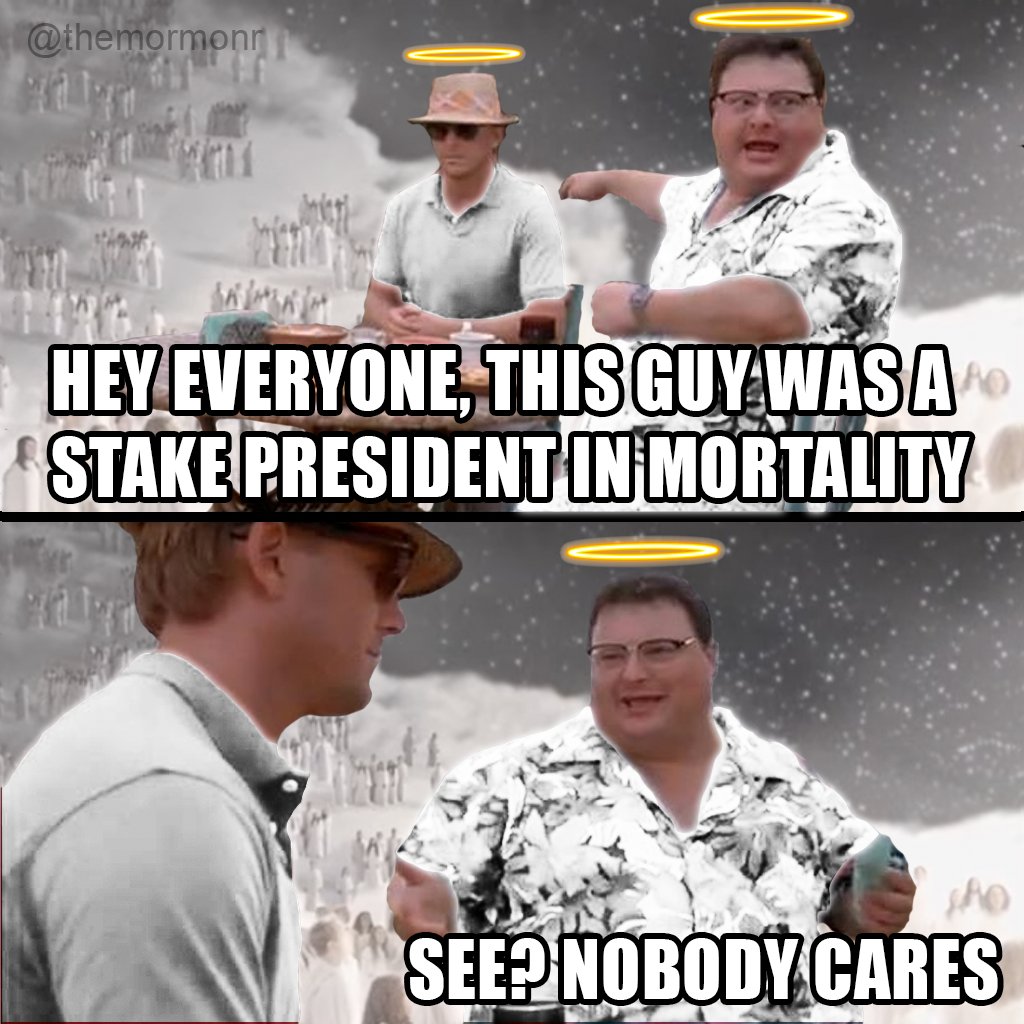
Church Leadership Callings as a Marker of Your Standing Before God
In one of my recent posts I talked about the connection between wealth and Church leadership; one of the issues that naturally rose to the surface in the comments was the connection between Church leadership and one’s standing before God. On this issue there’s a somewhat uncomfortable tension between different truisms in Church teachings…
-
A Mother There: The Quotes Behind the Essay
I mentioned in my post last week that the BYU Studies article “A Mother There” by David L. Paulsen and Martin Pulido had more quotes than I could put into that post. Here is the follow-up with as many of the quotes cited in that article as I could find (excluding the ones presented last week). It’s…
-
A Word of Wisdom or a Commandment?
The revelation that forms the basis of the Latter-day Saint dietary code refers to its contents as “a word of wisdom for the benefit of the Saints in these last days” (D&C 89:1). The Word of Wisdom was treated like its name implies during much of the nineteenth century—wide advise from God, but not a…
-
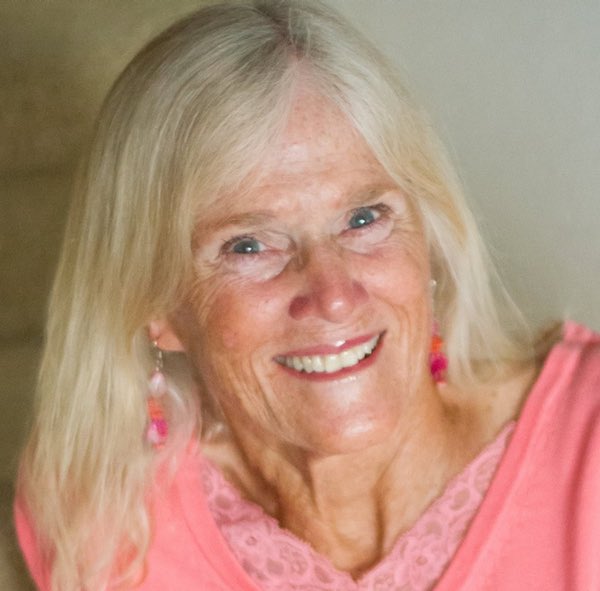
The Neglected Louie B. Felt
RoseAnn Benson’s book Alexander Campbell and Joseph Smith: 19th-Century Restorationists compares the two best known and successful figures in the broad restorationist movement of the 19th century. While those familiar with Latter-day Saint history know the relationship between the two movements, oddly in broader religious history only Campbell and his Disciples of Christ are considered…
-

Through faith and doubt, I’ll walk with you
I was invited to speak at a recent Relief Society conference on the topic of nurturing relationships through faith and testimony transitions. I post my remarks here by request, and because I haven’t blogged in forever. About ten years ago my sister Gabrielle looked like a typical young Mormon mom. She had a three little…
-
2015 Gen Conf–Sunday Afternoon
These are just my notes as I scribbled them and, considering how illegible my handwriting is (even to myself), you will not want to quote them word for word!
-
FairConference, Thursday Afternoon Sessions
Bob Rees A review of Earl Wunderli’s Imperfect Book Started with this Card Colour changing trick video (http://richardwiseman.wordpress.com/2009/01/07/colour-changing-card-trick-outtakes/) to illustrate that too much focus on one thing can cause you miss the many other things that are going on. What aren’t you noticing? Emerson said, “Tell me your sect, and I’ll tell you your…
-

Faithful priesthood narratives?
some of those who speak in opposition to women’s ecclesiastical enfranchisement do so because they can’t imagine what a faithful, coherent narrative of our dispensation could possibly look like if women’s priesthood role were restored and developed or if they did receive the Melchizedek Priesthood
-
A (Partial) Response to Brother Otterson
There is a lot that could be said about Michael Otterson’s recent open letter. I think it does a lot to heal the immense pain and anger that many people—especially those who do not support Ordain Women–have felt in recent weeks as a result of how Church PR has (mis)handled Ordain Women. So thank you, Brother…
-
Saturday Afternoon Session
President Uchtdorf conducting. President Henry B. Eyring: Sustaining votes of the General Authorities and Church Officers
